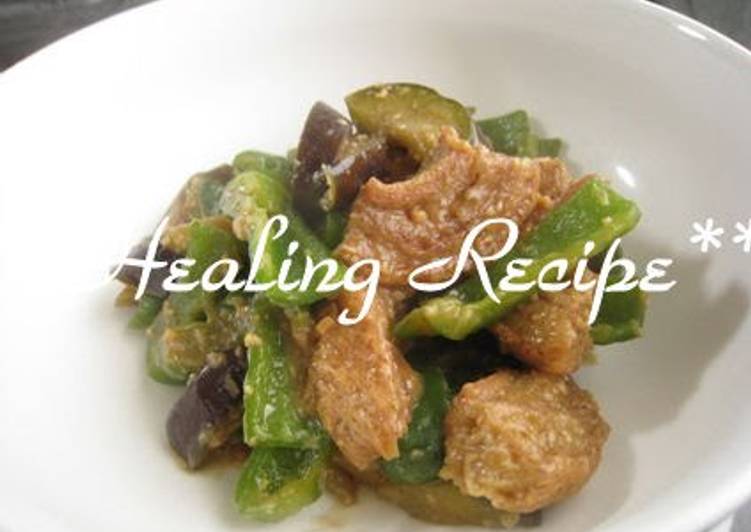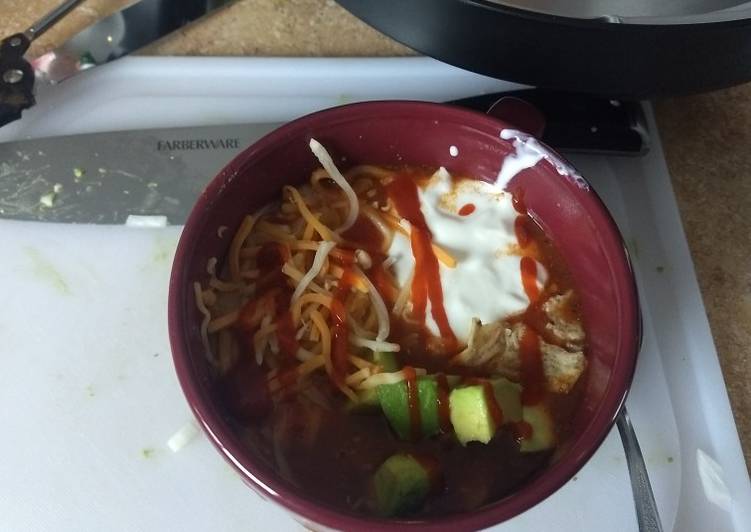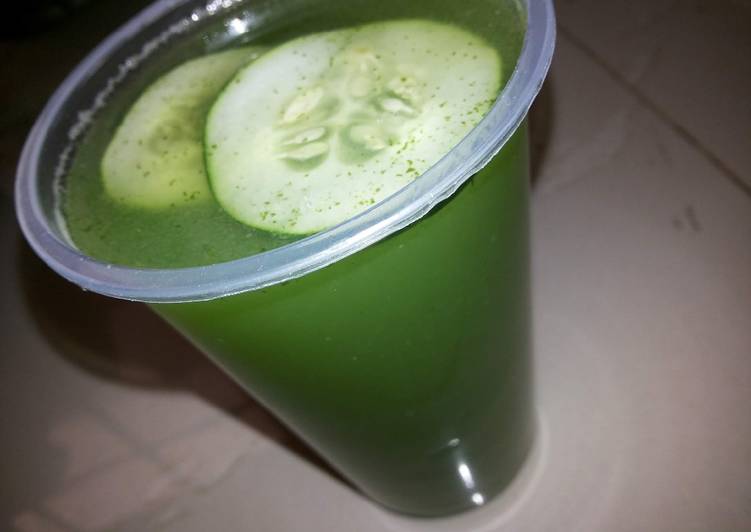
Hey everyone, I hope you are having an incredible day today. Today, we’re going to make a special dish, macrobiotic kurumabu and vegetables broiled in sweet miso. One of my favorites food recipes. This time, I’m gonna make it a little bit unique. This will be really delicious.
Macrobiotic Kurumabu and Vegetables Broiled in Sweet Miso. No Pre-soaking Required: Kiriboshi Daikon and Kurumabu Miso Soup. Yin and Yang in the macrobiotic diet.
Macrobiotic Kurumabu and Vegetables Broiled in Sweet Miso is one of the most favored of recent trending meals on earth. It’s simple, it is quick, it tastes delicious. It is appreciated by millions every day. They’re fine and they look wonderful. Macrobiotic Kurumabu and Vegetables Broiled in Sweet Miso is something which I have loved my entire life.
To begin with this recipe, we have to prepare a few components. You can cook macrobiotic kurumabu and vegetables broiled in sweet miso using 7 ingredients and 5 steps. Here is how you cook it.
The ingredients needed to make Macrobiotic Kurumabu and Vegetables Broiled in Sweet Miso:
- Get Whole wheat kurumabu (or regular kurumabu) [cylindrical or ringed fu]
- Prepare Eggplants
- Take Green peppers, thick
- Take Miso
- Get and 1/2 tablespoon Beet sugar (or cane sugar, or sugar of your choice)
- Take Water
- Get Soy sauce
Backed Sweet Potato and Kabocha with vegan Miso-Cheese Sauce. The Macrobiotic Diet A macrobiotic diet consists of eating grains and vegetables and avoiding animal products processed foods. Current-day macrobiotic diets have a primary focus on whole grains and cereals, followed by fruits and vegetables, and then beans Unlike early iterations of the diet, macrobiotic meal plans are no longer based solely on a single whole grain, such as brown rice. The macrobiotic diet is not necessarily a vegetarian diet, although, most people who practice macrobiotics choose to eat vegetarian style because animal products are considered to be taxing to the digestive system since they take a longer time to digest.
Steps to make Macrobiotic Kurumabu and Vegetables Broiled in Sweet Miso:
- Chop the eggplant and green pepper into bite-sized pieces, then soak the eggplant in water. (The photo shows double the amount of ingredients.) Quarter the dried kurumabu.
- Combine the miso, beet sugar, and water and mix.
- Quickly sauté the eggplant and green peppers in vegetable oil.
- Add the kurumabu and the seasoning from Step 2, briskly toss together, cover with a lid, then lightly steam. Once the vegetables are cooked through, lightly cook out the liquid, add the soy sauce, then it's ready to serve.
- It's also great made with just with green peppers and shishito peppers!
Macrobiotics Cooking with Linda Wemhoff Macrobiotic recipes. Grain: Polenta with fresh Corn Protein: Herbed Black Soybeans Seaweed: Dulse Condiment Vege: Carrots and Broccoli with Ume Dill Dressing Pickle: Pressed Chinese. Macrobiotics is a healthy way of eating that's all about eating seasonally, mindfully, and cleanly. Here's how you can make your own What is Macrobiotics and the Macrobiotic Diet? A lot of the principles and teachings have been taken from Traditional Chinese.
So that is going to wrap it up for this exceptional food macrobiotic kurumabu and vegetables broiled in sweet miso recipe. Thank you very much for your time. I’m sure you can make this at home. There’s gonna be more interesting food at home recipes coming up. Don’t forget to bookmark this page on your browser, and share it to your loved ones, friends and colleague. Thanks again for reading. Go on get cooking!


